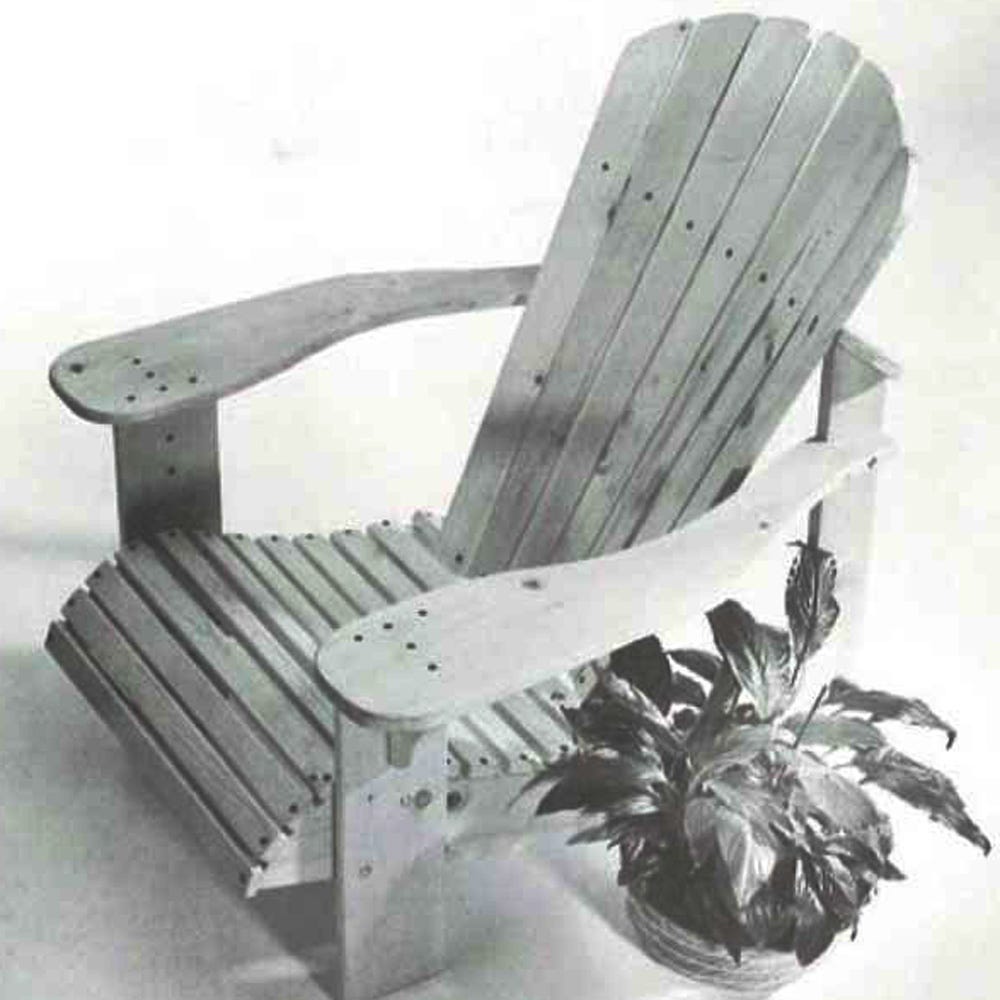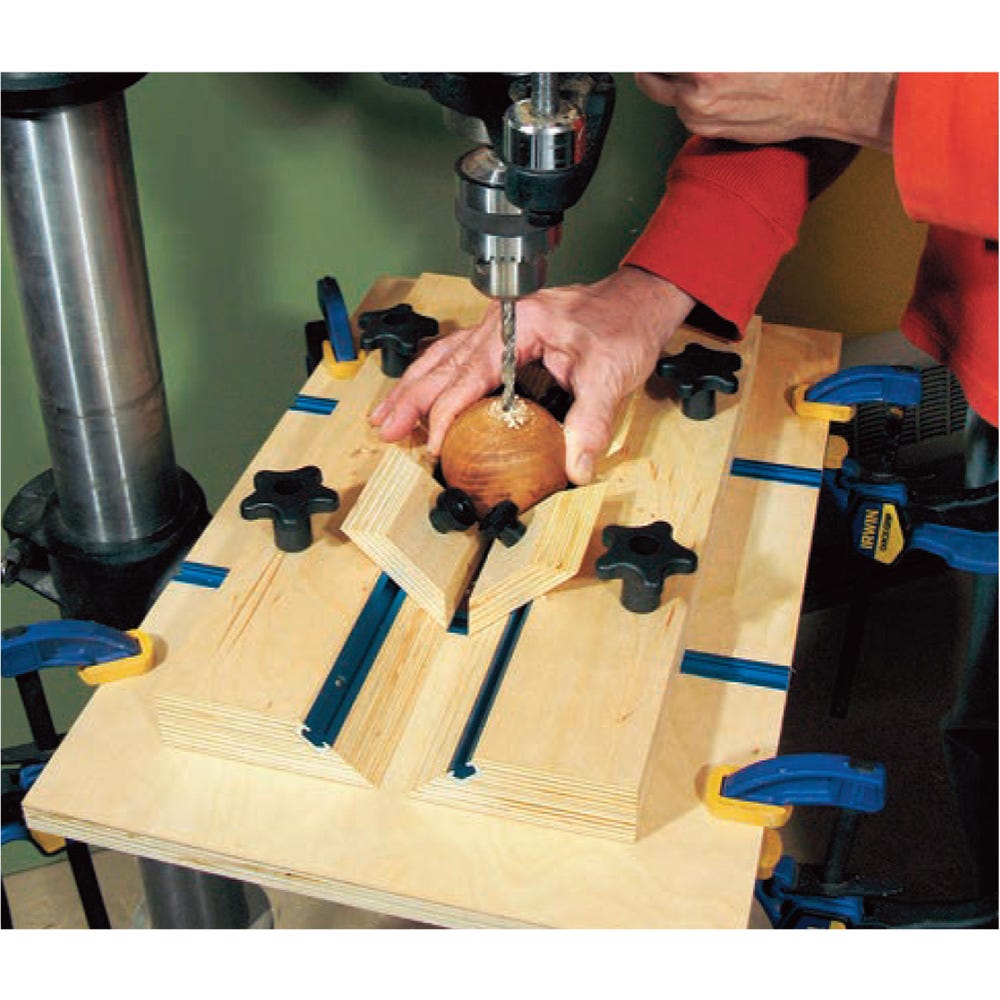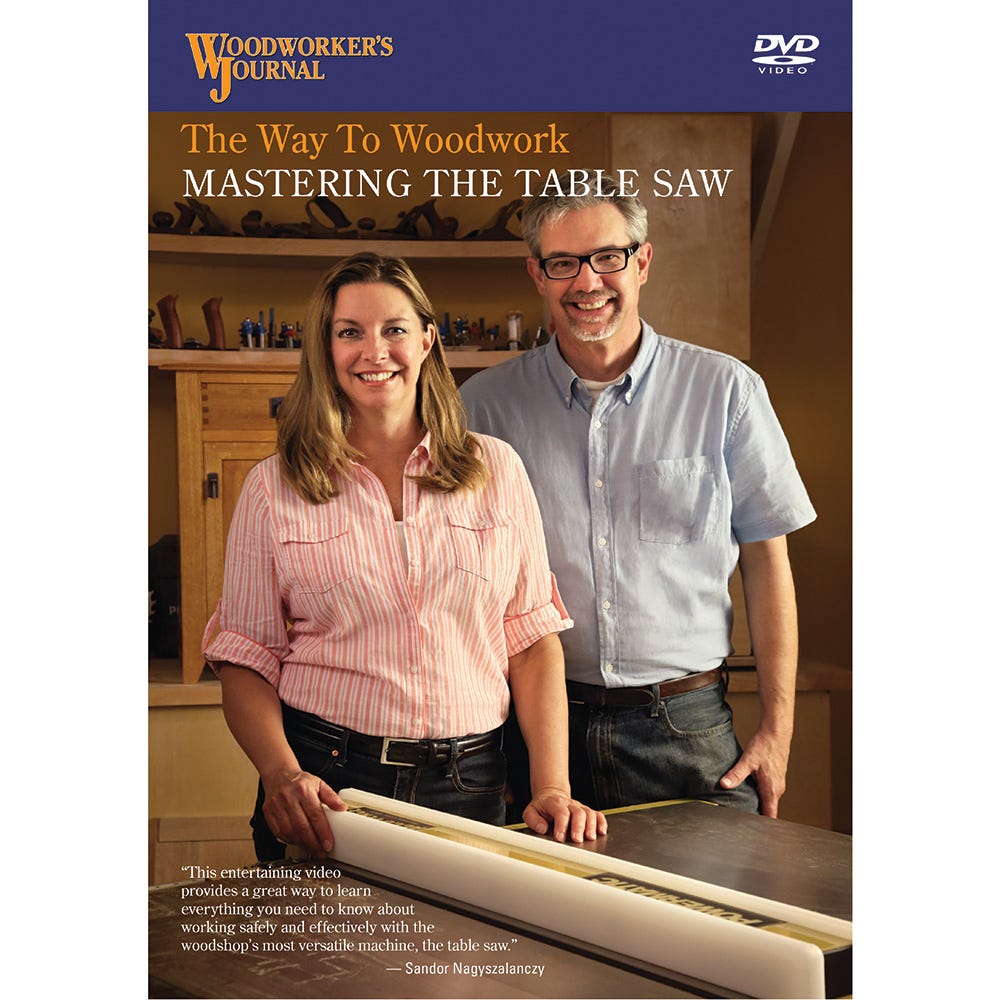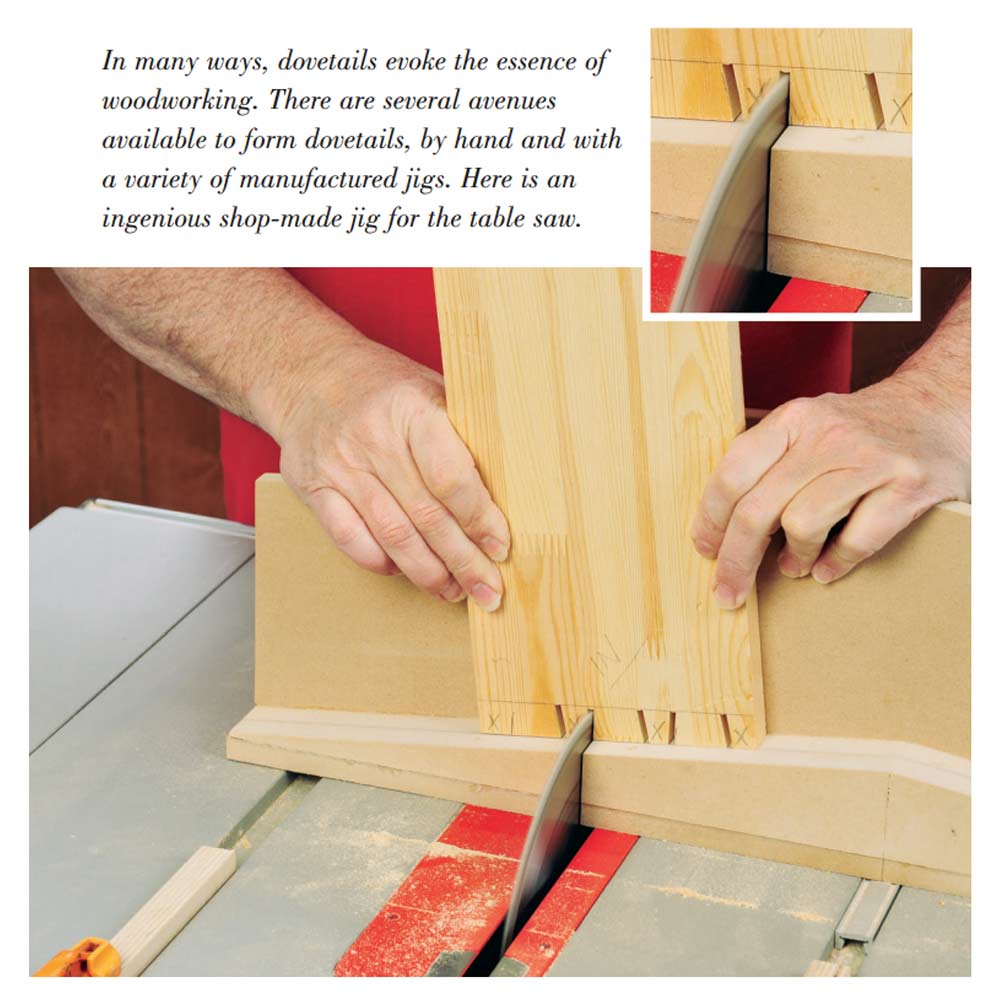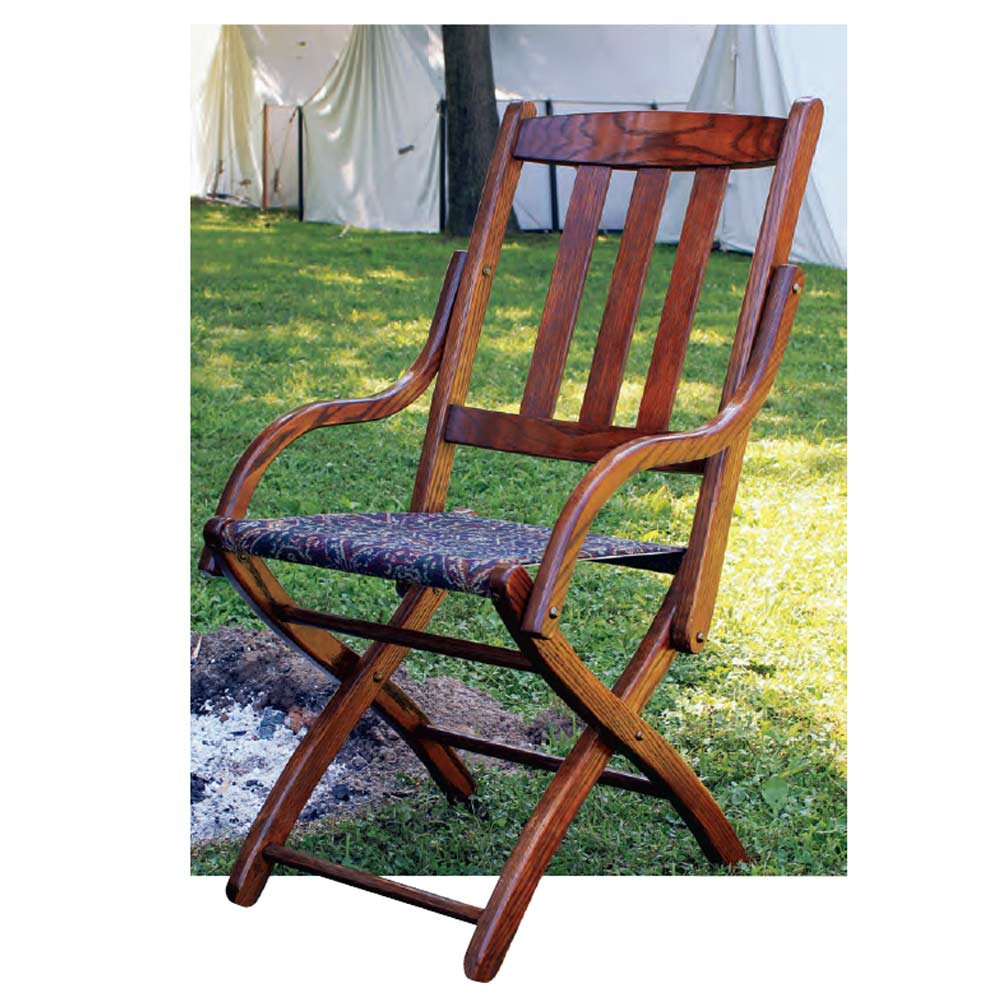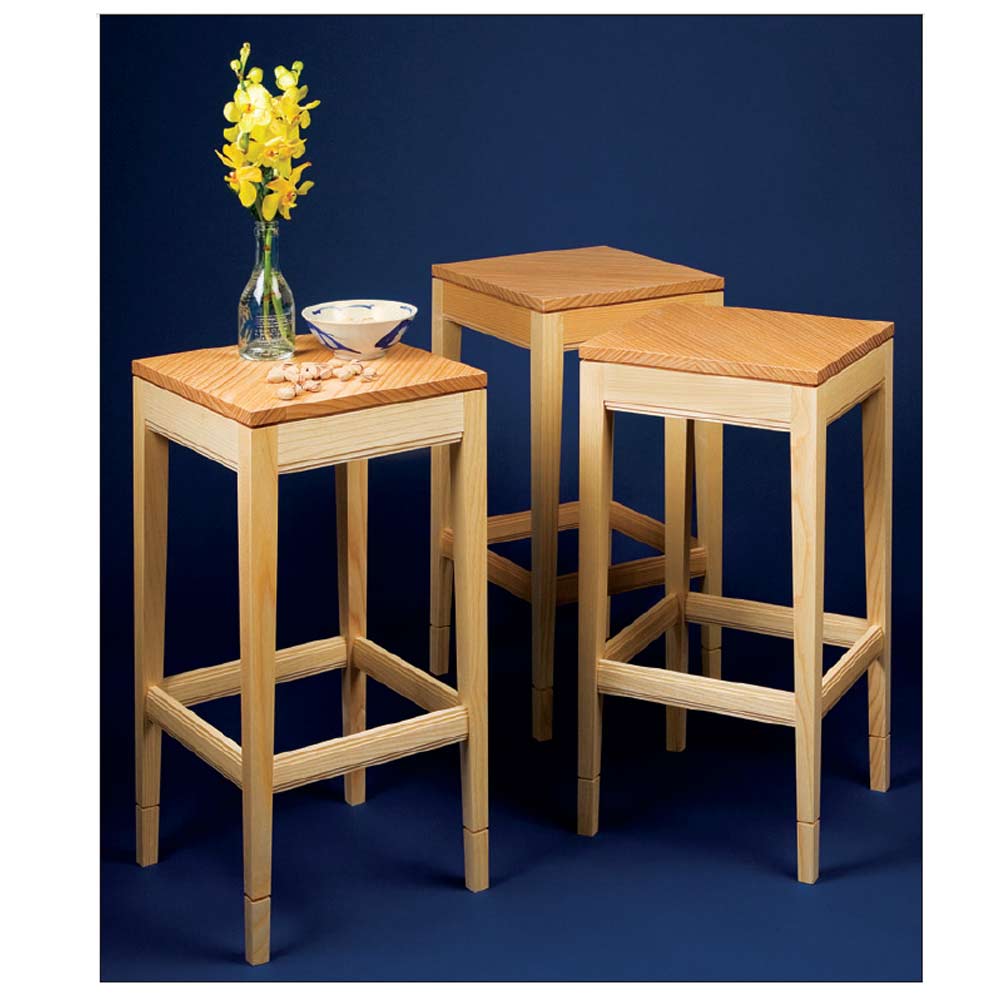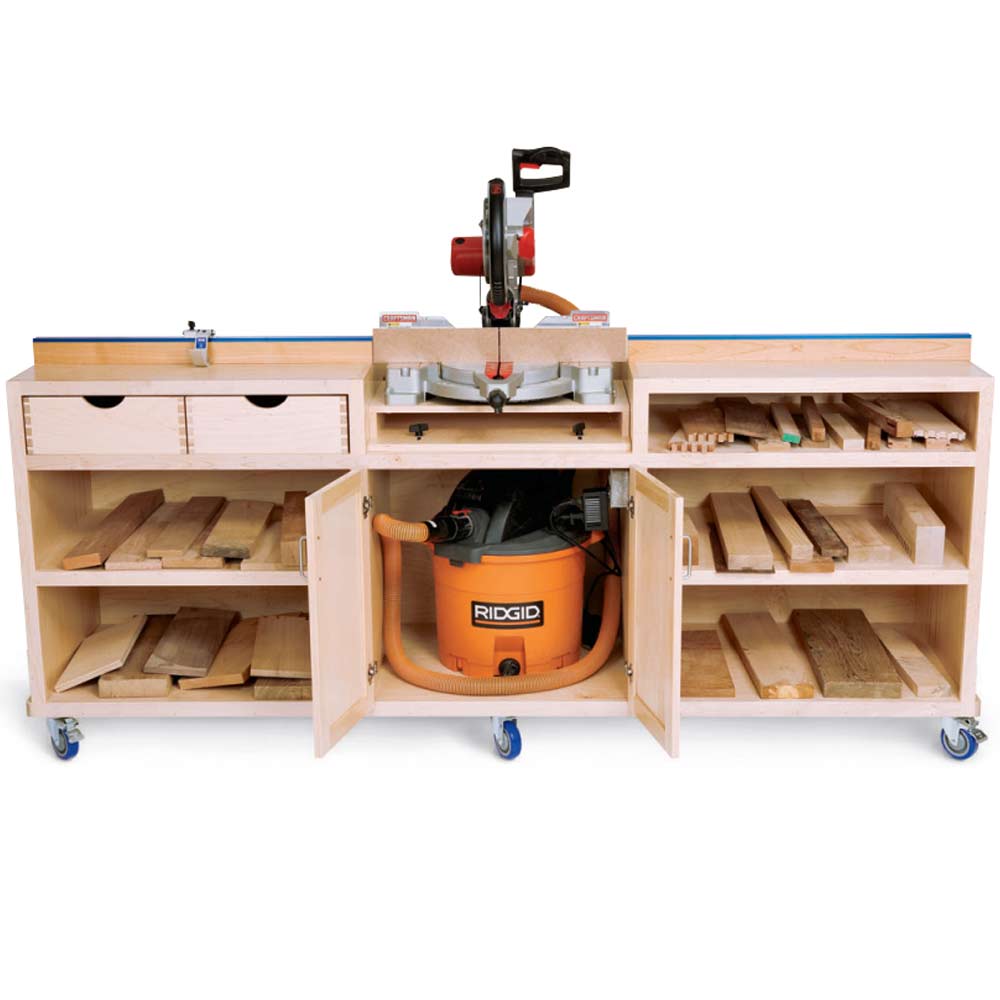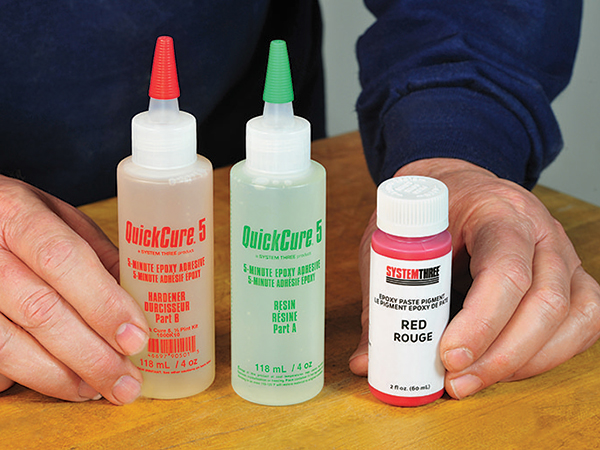
In your December 2016 issue, there is an article about mixing dyes with two-part epoxy to create inlays. It does not specify either water-based or solvent-based. Which should I use?
– Jeff Kelly
Worcester, Massachusetts
People have gotten away with coloring epoxy with both water- and solvent-based dye, but the manufacturers disagree on how wise that is.
System Three® Epoxy suggests using their “epoxy paste pigments,” available online for about $12, as the best way to color epoxy.
These colorants are made of the same material as Part A of the epoxy. That means you can replace any amount of Part A with color paste, then add Part B based on the total amount of your Part A mixture (clear plus color). Use more for opaque colors, or a tiny amount for translucent colors.
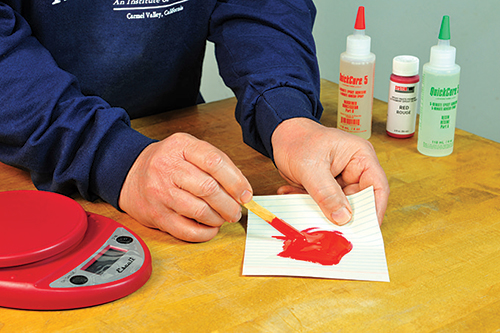
That’s the best choice, since anything else can result in unpredictable or uneven color, and can weaken the epoxy. However, I’ve added both solvent and water-soluble dye powders, gel coat pigments (available at marine supply stores), and finely ground pigment powders, such as Mohawk Blendal® touchup powders, all with more or less acceptable results. If you go that route, keep the added colorants below 5% by volume, and test the mixture first for curing and color consistency, since not all epoxies will do well with these additives.
